Some 20,000 Indian children behind the shimmer of cosmetics (photos)
India is the world's largest producer of mica, which is used in cosmetics and paint production. On World Day against Child Labour, the People's Vigilance Committee on Human Rights presents a report on mica mining in Bihar and Jharkhand. The photos of Ravi Mishra show the tragedy of child miners, deprived of their rights as children.
New Delhi (AsiaNews) – Child labour is "one of the most heinous human rights violations. It has a direct negative impact on children’s life, health and education," said Lenin Raghuvanshi, executive director of the Peoples' Vigilance Committee on Human Rights (PVCHR) of Varanasi, speaking to AsiaNews.
On the occasion of World Day against Child Labour, which occurs today, the advocacy group announced an initiative in collaboration with Ravi Mishra, a Delhi-based artist and photographer.
Through his photo stories of mining in Bihar and Jharkhand, Mishra exposes the exploitation of thousands of children, forced to dig for mica, an essential ingredient in cosmetics and car paints.
Mining for the makeup industry’s “darkest kept secret” steals the childhood of 20,000 children, the photographer writes on his blog.
According to data from the 2011 census, the latest available, at least 10.1 million children between the ages of five and 14 are "economically active" (5.6 million boys and 4.5 girls). Most children (about 8 million) live in rural areas.
India is the world's largest mica producer, accounting for 60 per cent of global production. Raghuvanshi explains that "the exploitation of children in mines is very common. Due to their small statures and nimble fingers, they can that manage to enter mine shafts more easily and sort small pieces faster."
According to Mishra, children are exposed to many dangers, "linked to working in illegal, unregulated mines”. They also are at risk of “long-term health hazards and the consequences of not being in school".
The photographer explains that in 1980 India adopted strict environmental regulations and legislation that limited deforestation, forcing most mines to close. However, huge demand “gave rise to illegal mines,” which mushroomed. The States of Jharkhand and Bihar alone account for 25 per cent of global production.
To counter the issue, the PVCHR offers local free education and training courses for women.
To get the glittering mineral, "children risk their health in ghost mines. Many of them die buried in dark and unsafe tunnels. about 90 per cent of the deaths are not even reported, because of the uninvited attention they might bring.
The growth of child labour is due to poverty in rural areas, where " sending children to dig mica is the only means of support". Children are paid about a dollar for separating and carrying ten kilos of mineral.
However, with respect to output, official figures "do not match the real numbers. In 2015, India officially produced 19,000 tonnes of mica, but exported 140,000 tonnes".
Profits "are made on the backs of children, who often do not even know the name of the mineral in their hands. Ultimately, child labour brings sparkle to the world. This is the shameful truth behind makeup’s shimmer and cars’ glamour.”
(Photo credit: Ravi Mishra's Instagram profile)
07/02/2019 17:28
09/06/2006





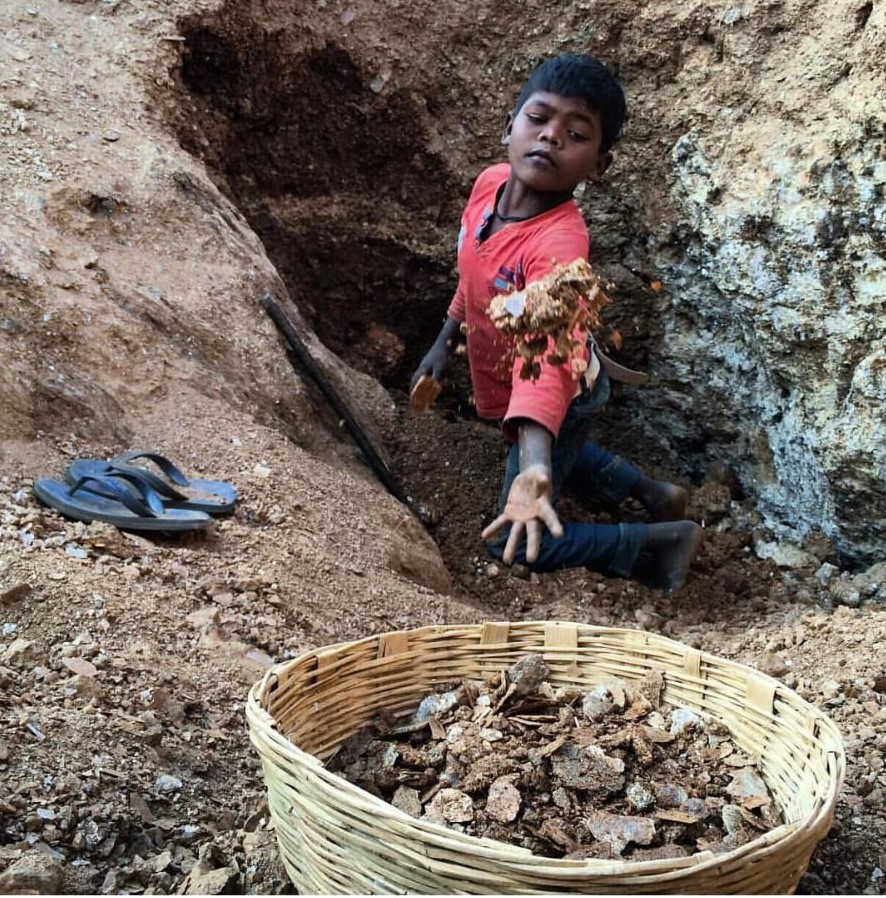
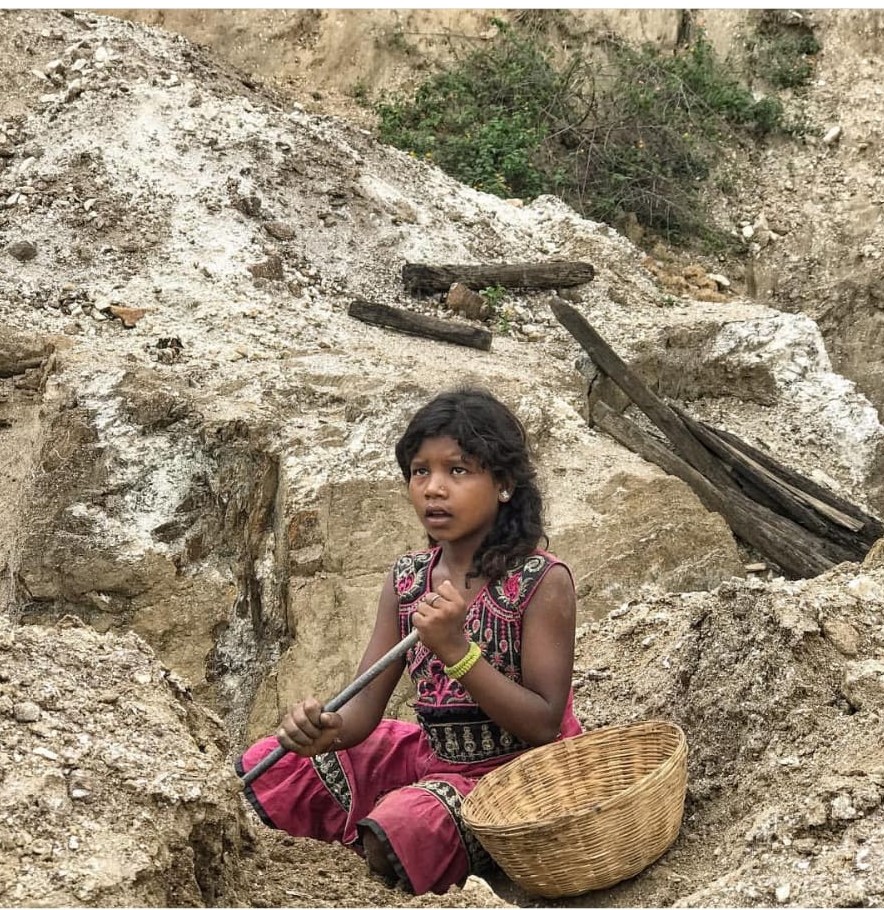
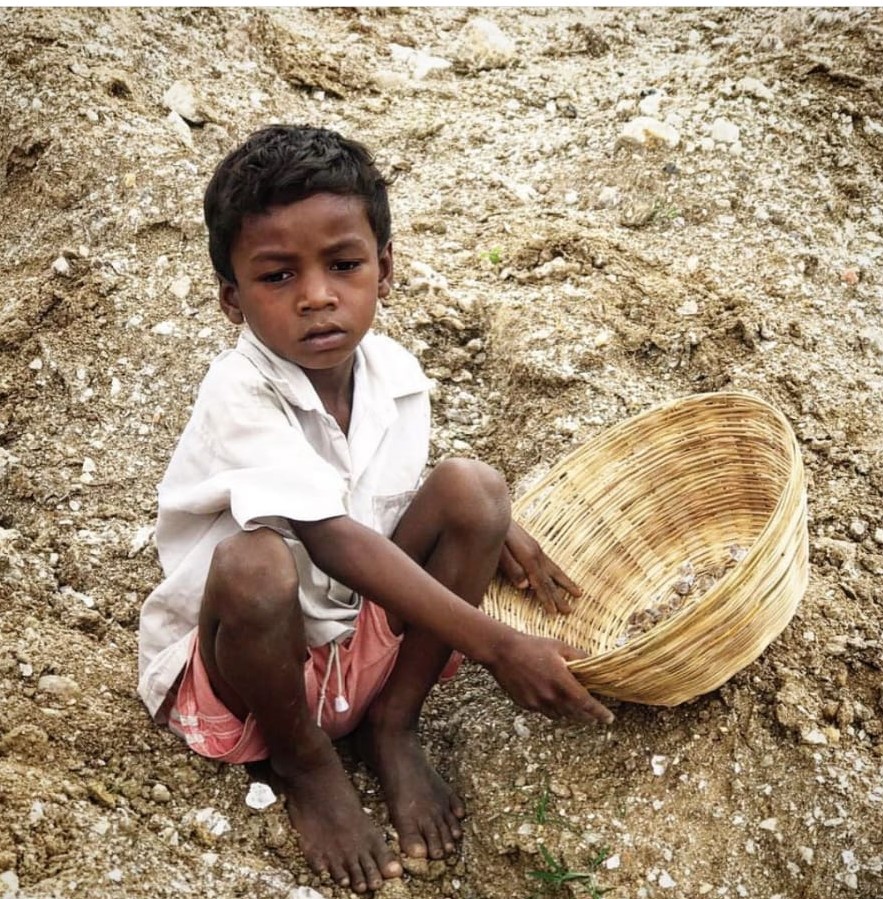
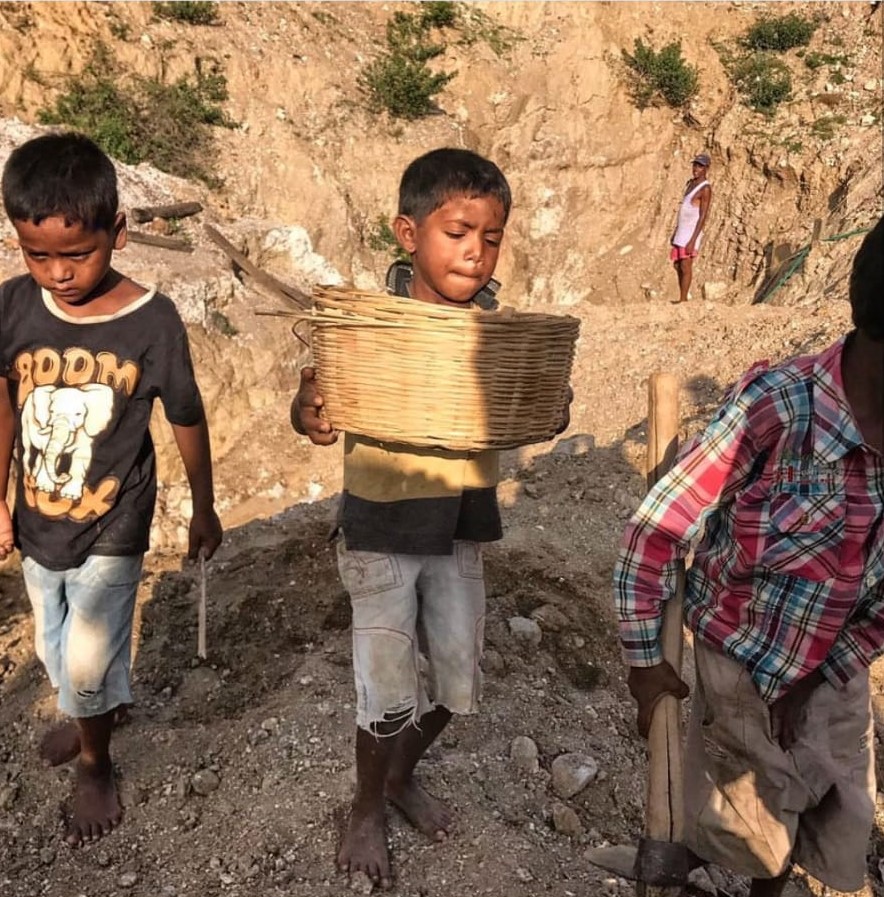
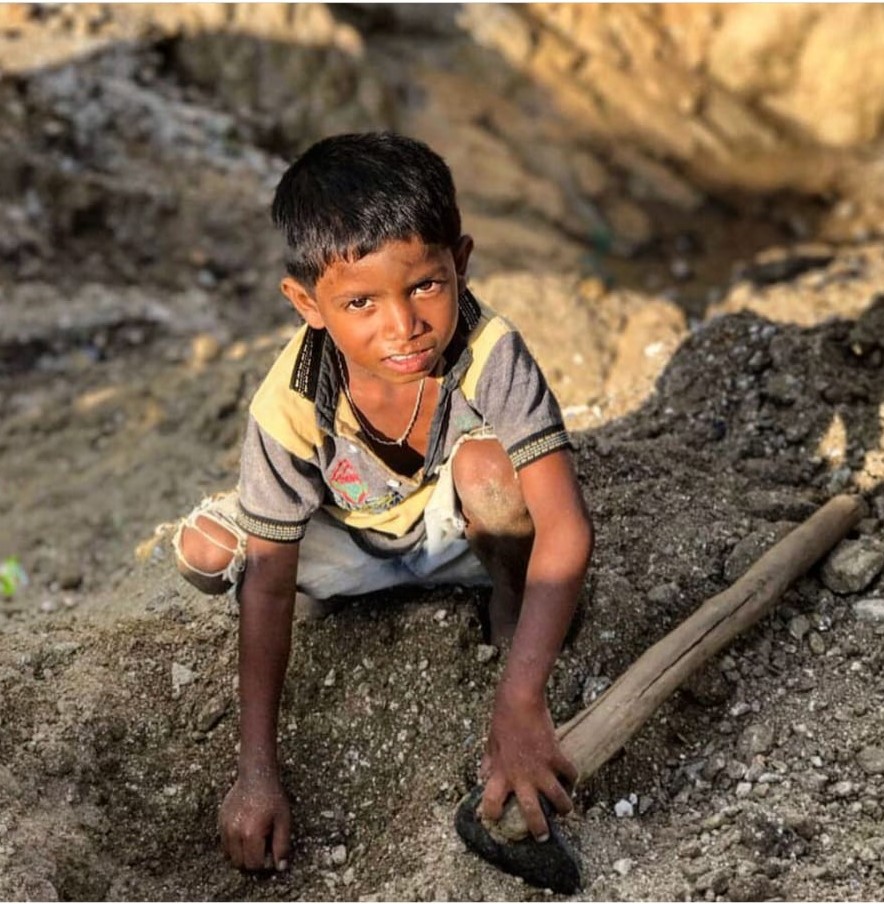
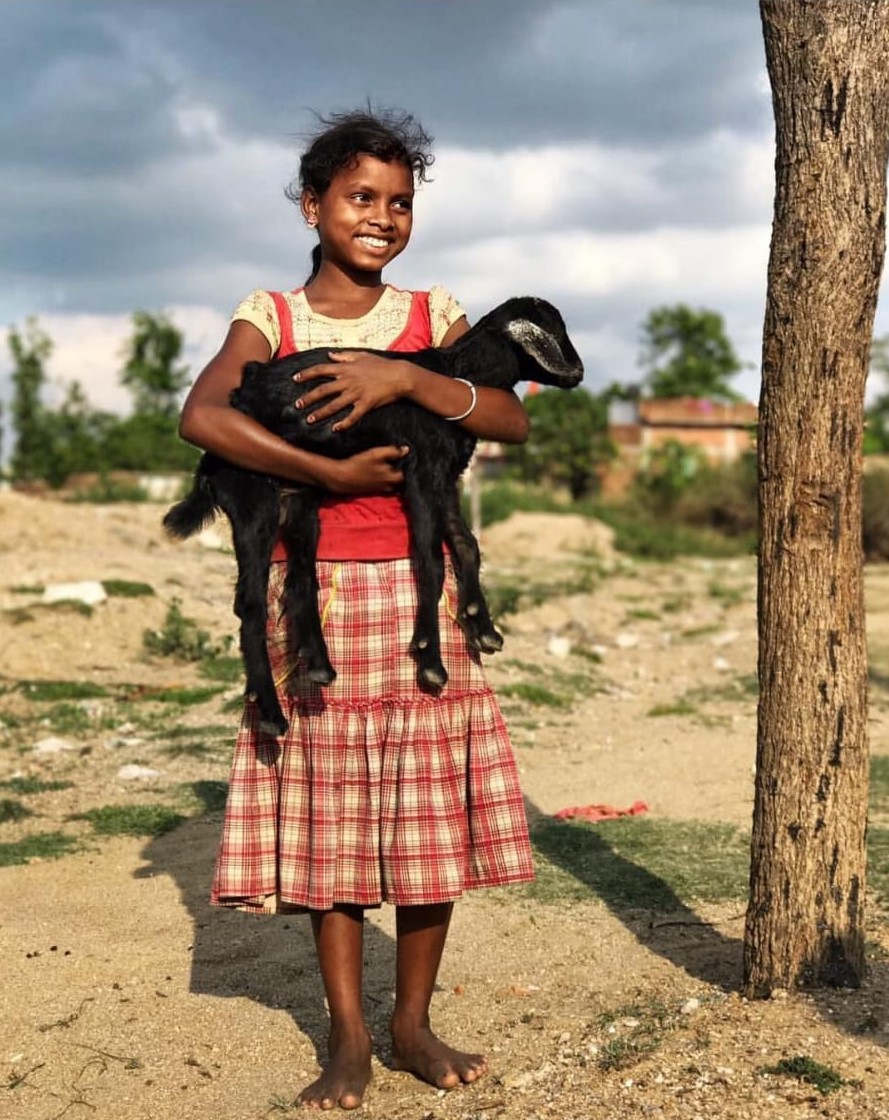

.png)










